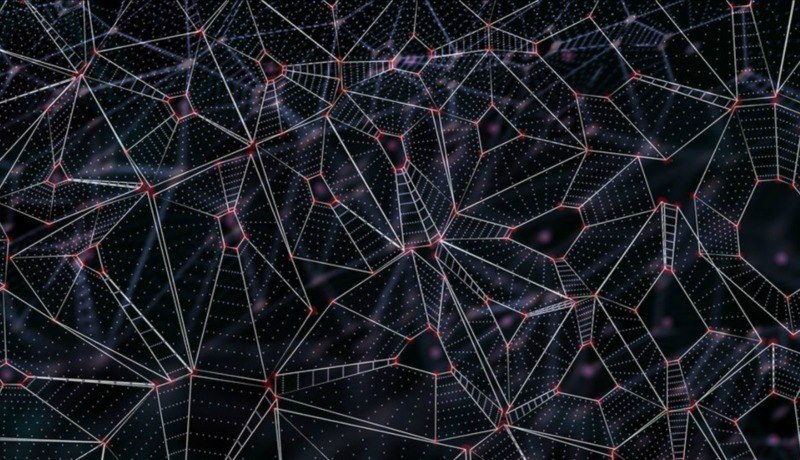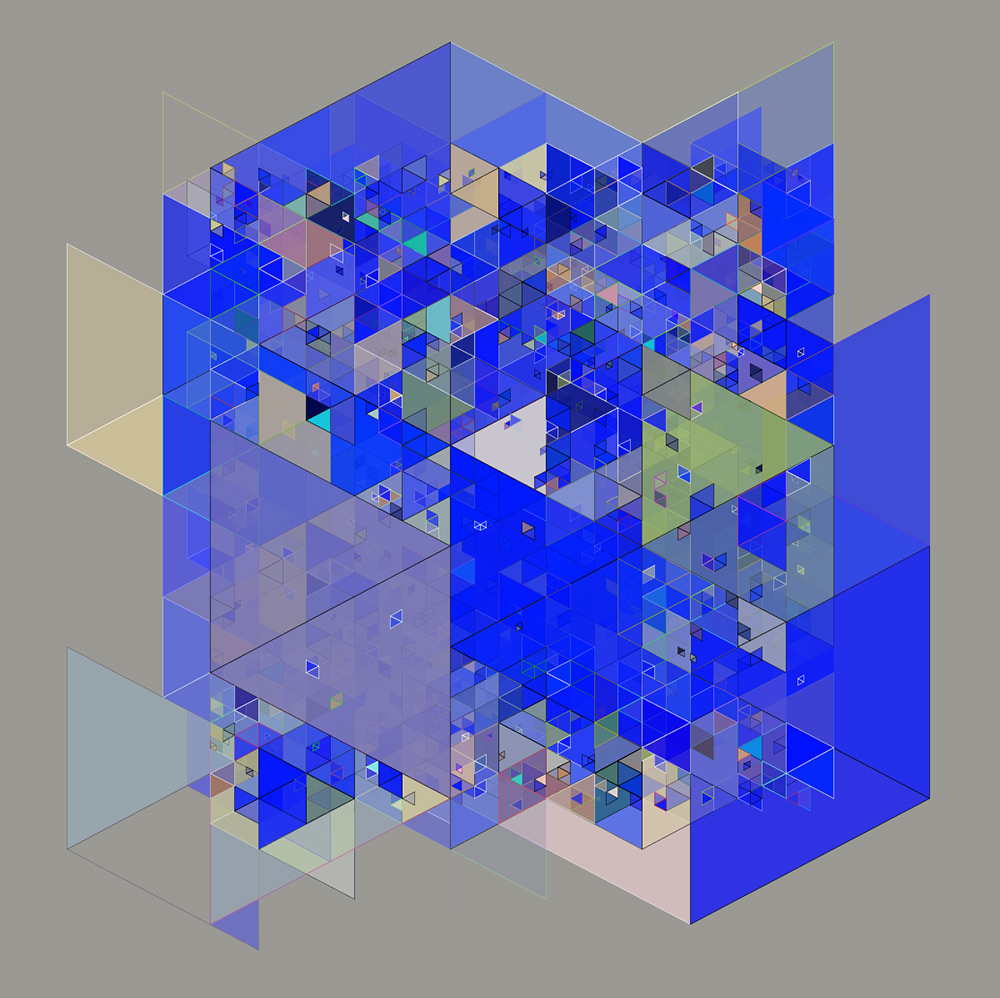
Stefan Tiefengraber
your unerasable text
“your unerasable text” is an interactive installation, dealing with the topics of data storage and elimination of data. The installation can be placed in an exhibition, but ideally it’s exhibited in a public space window, where it can be used by people passing by 24h a day. The participant is asked to send a textmessage to the number written on a sign next to the installation. “send your unerasable textmessage to +43 664 1788374”. The receiver mobile transfers it to a computer, which is layouting the message automatically. Then it is printed on to a DIN A6 paper, which is falling directly on to a papershredder. There the message remains readable for a few moments and gets destroyed then. The shredded paper forms a visible heap on the floor, which reminds of a generative graphic.









